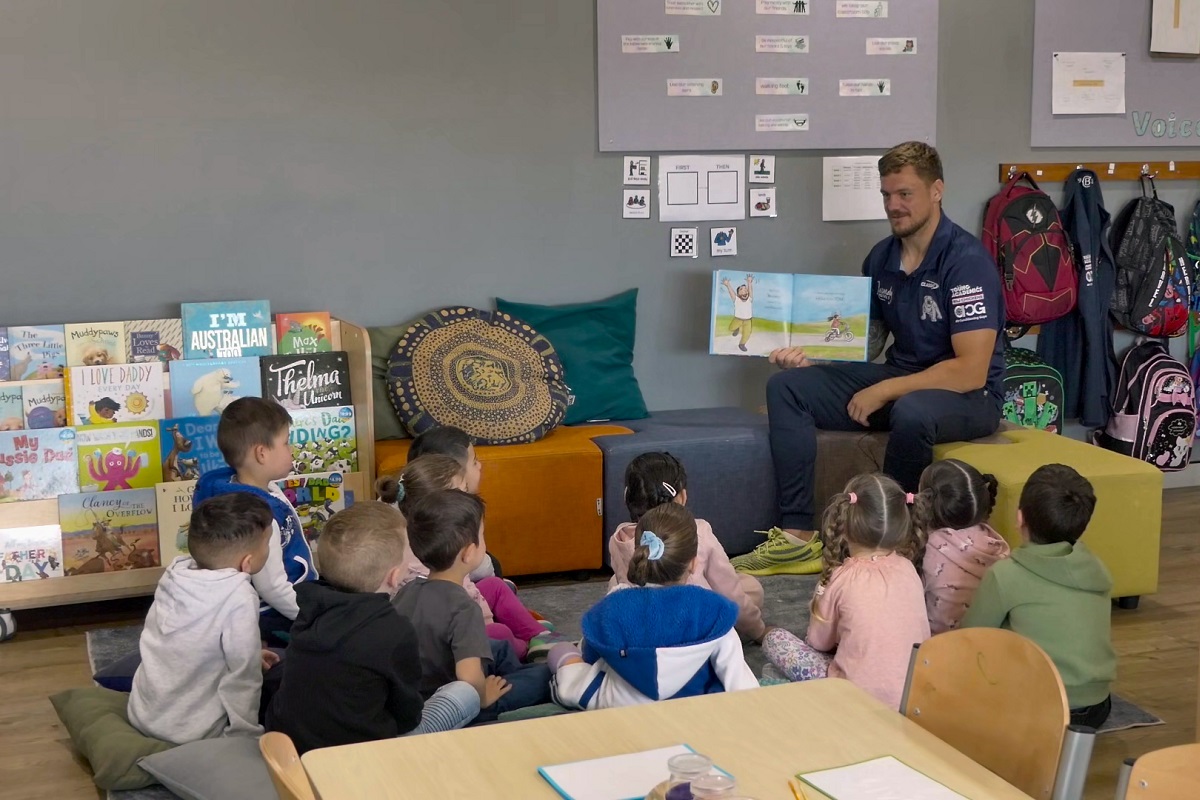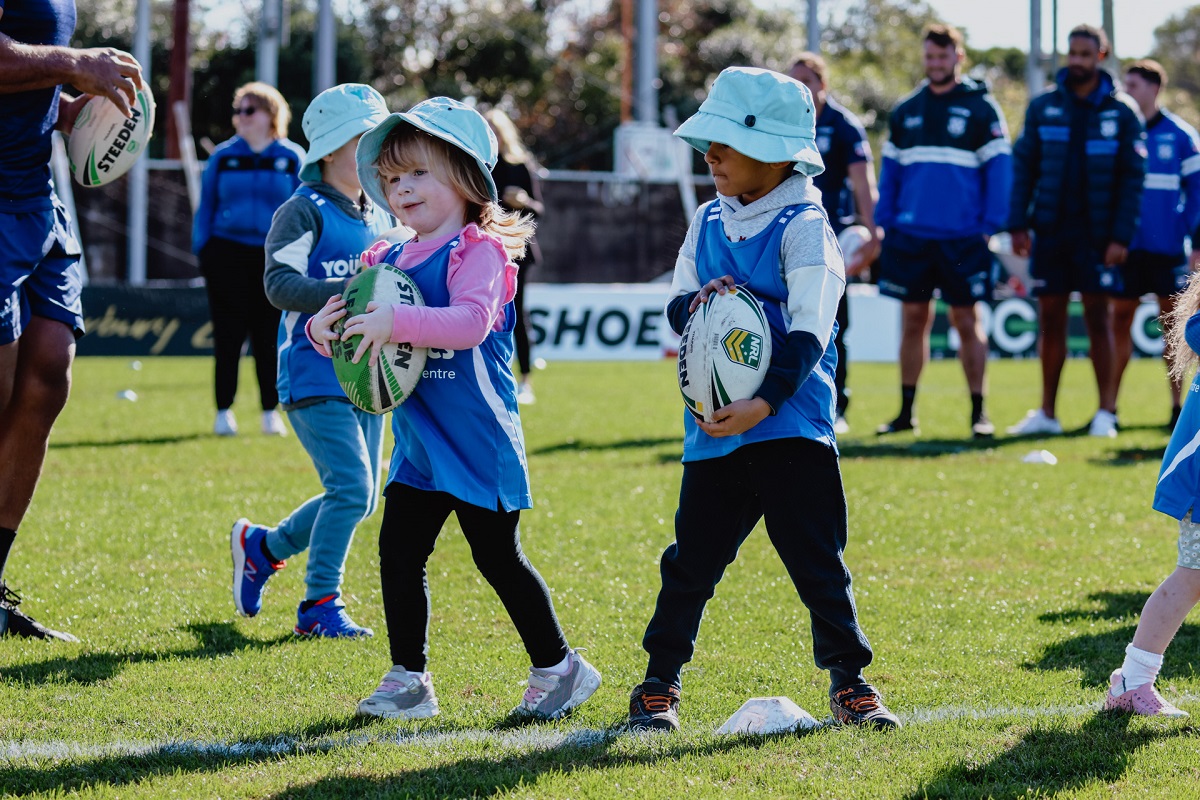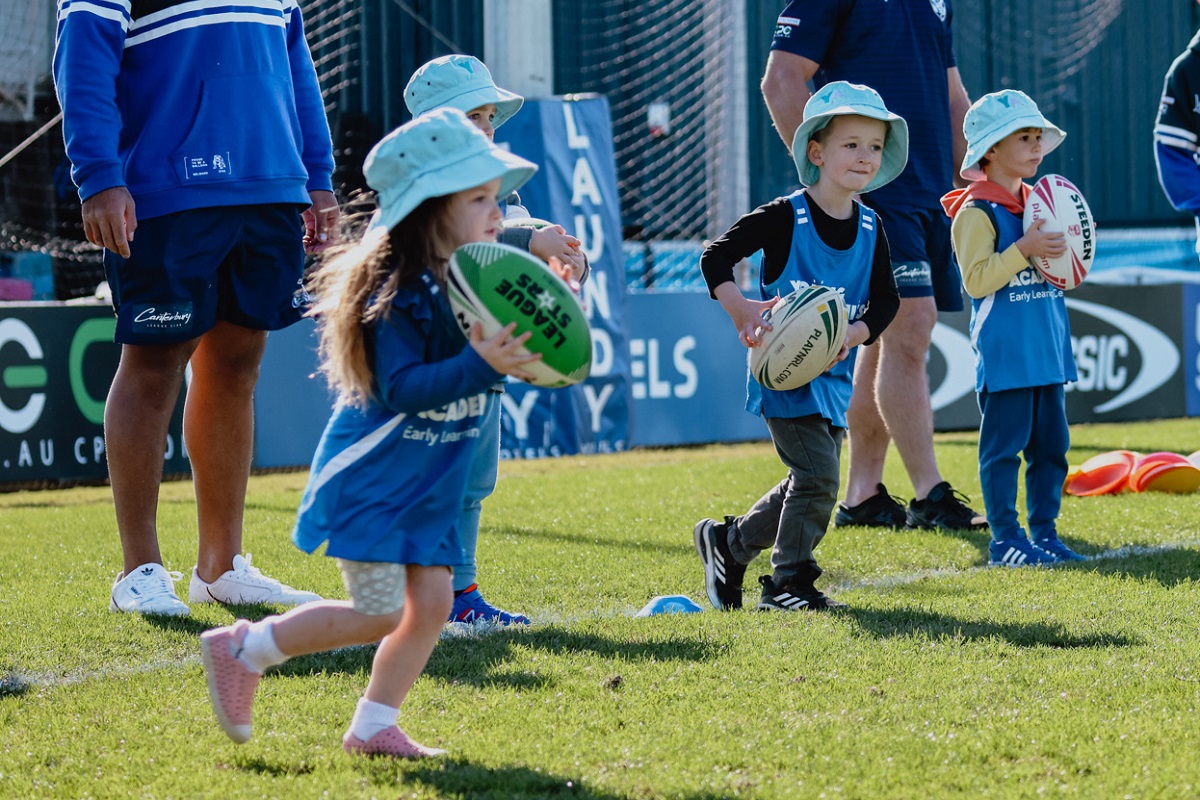There’s an art to dressing children appropriately for winter, especially when they attend childcare. At an early learning centre, your child spends time both indoors and outdoors, requiring them to be dressed warmly but adaptably. While our educators monitor each child to ensure that they are properly prepared for the cold weather, dressing begins at home.
The importance of children dressing warmly to attend our early learning centre in Sydney
It is important for children to dress warmly when they attend our centre because they’re never solely indoors. Whether it’s walking to and from one of our centres or engaging in outdoor play with their peers, there is a need for children to dress warmly.
Additionally, the inconsistency of the weather demands that children dress adaptably to ensure maximum comfort on any given day.
It is more imperative that children dress more warmly than adults because of the following reasons:
-
Their small bodies lose heat much more rapidly than adult bodies.
-
Sometimes, they cannot communicate if they are feeling cold or do not realise that they are cold.
The above are often out of a child’s control. Parents and educators need to work together to protect children and assure their wellbeing. For this reason, we have developed a guide for dressing children warm for an Australian winter.
Winter guide: 3 tips for dressing children warm
-
-
Layer smartly: Layering is one of the most effective ways of ensuring that your child stays warm. The reason it is so effective is that pockets of air form between layers; these layers trap heat, keeping the body warmer than one single thick piece of clothing. Layering also allows children to adapt to different temperatures and environments. For example, they may want to remove a layer when they are indoors, but add extra layers when they go outdoors to play.
-
Avoid cotton: In Sydney, the winter months see many rainy days. Cotton clothing absorbs moisture very easily, whether it be rain or sweat. Try avoiding cotton clothing on the outer and inner-most layer of your child’s outfit. If sweat or rain dampens your child’s clothing, the cotton may not dry easily because of the air’s high humidity and instead, your child can be left with a cold damp piece of clothing that will only make them feel colder.
-
Our recommended choice of material? Fleece!
-
Focus on fingers, toes, and heads: Your child’s head, ears, hands, and feet are the most exposed areas on the body. If they get too cold, it is likely that your child will feel very cold, even if the rest of their body is warm. Though you may not find it necessary to cover your own fingers, toes, face and head, children lose heat in these areas much more quickly. Ensure that, when appropriate, your child wears mittens, non-cotton socks, a scarf and gloves.
If your child becomes too warm, one of our Young Academics educators will help them to remove items and become more comfortable.
We hope that this article helps you to better prepare your child for winter. While we developed this brief guide to help you dress your child warmly, rest assured that our educators will do our part to ensure that your child is safe and ready for the cold weather.
If you have any questions for our team, do not hesitate to contact us.



 BACK
BACK



